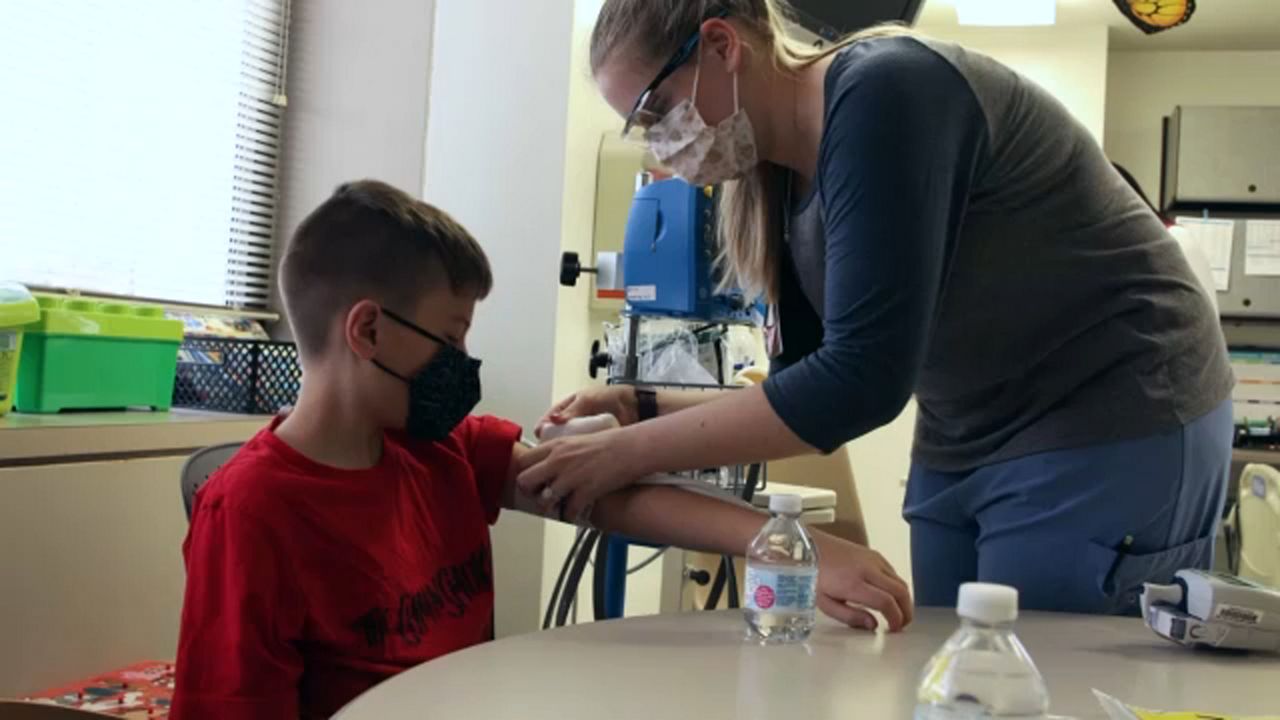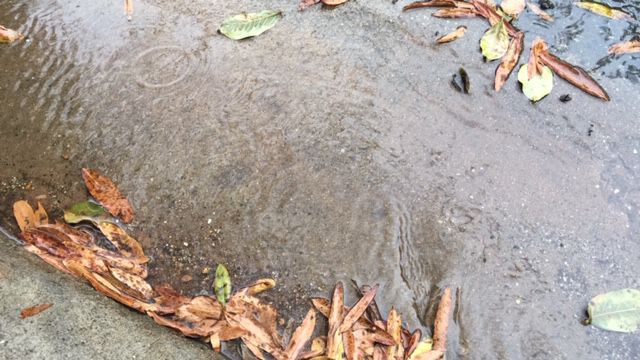COLUMBUS, Ohio — Several weeks into the school year, pediatricians and families are concerned about recent drops in routine childhood vaccinations amid the pandemic.
What You Need To Know
- The pandemic has affected routine pediatric vaccinations
- Officials say schools with lower vaccination rates are more vulnerable
- Pediatricians and parents are concerned about the vaccine gap
Brenda Gibbner of Ravenna, Ohio, who has a 3-year-old daughter and a 5-year-old son in kindergarten, said she worries about students’ safety if families forgo routine vaccination.
“My friend’s son who is in school has a heart defect and he really can't get vaccines,” she said. “It's one of these things of, you know, you need to protect those that can’t get it.”
In a June report, the Centers for Disease Control and Prevention found a “substantial decrease” in routine pediatric vaccine doses administered from March to May last year, when many health checkups were delayed.
While immunizations returned to pre-pandemic levels in the ensuing months, the gap from the early period of the pandemic remained. The report studied immunization declines for diphtheria, tetanus, and acellular pertussis (DTaP), measles, mumps, and rubella (MMR) and human papillomavirus (HPV).
Dr. Derek McClellan, chief of pediatrics at Central Ohio Primary Care, said in an interview that further efforts are needed to vaccinate youth. That’s especially important in underserved communities because there are demographic disparities in vaccination rates, he said.
McClellan said the latest vaccine gap in the U.S. appears to be a result of the spring 2020 shutdown as well as heightened vaccine hesitancy.
“We've been sort of lucky in America that we have had really nice vaccination rates, so parents of this generation haven't necessarily had to see some of the stuff that the older generations saw — polio, mumps, measles,” he said. “I think it led to a little bit of complacency, and then something like COVID hits.”
Central Ohio Primary Care, which has about 90 pediatricians in the network, has been busy this summer with immunizations. The medical group conducted extensive outreach to families that were behind on shots in advance of school deadlines, he said.
“Those kids that missed their vaccines in 2020, we tried to pull them back in in the spring and summer,” McClellan said.
Ohio students have a two-week deadline for some routine vaccinations after a grace period at the beginning of the year, unless they get exemptions. Now that it’s fall, it’s the tail-end of the busy period when families are coming in for pediatric immunizations, McClellan said.
Earlier in the month, Columbus Public Health Commissioner Dr. Mysheika Roberts said during a press conference the department had “all hands on deck to make sure our kids our vaccinated to stay in school.” To meet the pediatric needs in the community, the health department had to scale back the number of sites providing the COVID-19 vaccine so it would have enough staff for child immunizations.
The CDC says its public sector ordering data for routine vaccines shows a 14% drop in 2020-2021 compared to 2019, and the agency has warned that outbreaks of vaccine-preventable illnesses could disrupt efforts to keep schools open and students healthy this fall.
Studies of vaccine outbreaks repeatedly show that U.S. communities with lower rates for routine immunization are more vulnerable to disease, according to the CDC. As one way to address the vaccine gap, the agency is recommending coadministration of routine vaccines when children visit a health care provider’s office to get their COVID shot.
Gibbner said she is looking forward to getting her 5-year-old vaccinated for COVID-19, and hopes other parents will do the same — for COVID-19 and for other vaccines.
She said she remembers the issue of immunizations for children being much less controversial when she was growing up.
“When we were in school, before the internet, our parents got us vaccinated against everything,” she said. “It is definitely politicized now. It's kind of ridiculous.”
McClellan said it’s concerning that polarization around COVID-19 is impacting attitudes about routine vaccinations for children.
“We're talking decades of research and science, and really good success rates when you talk about nearly eradicating polio, nearly eradicating measles and smallpox and all of these things, and I think, again, parents sometimes forget that because they don't see a lot of those diseases anymore,” he said.








